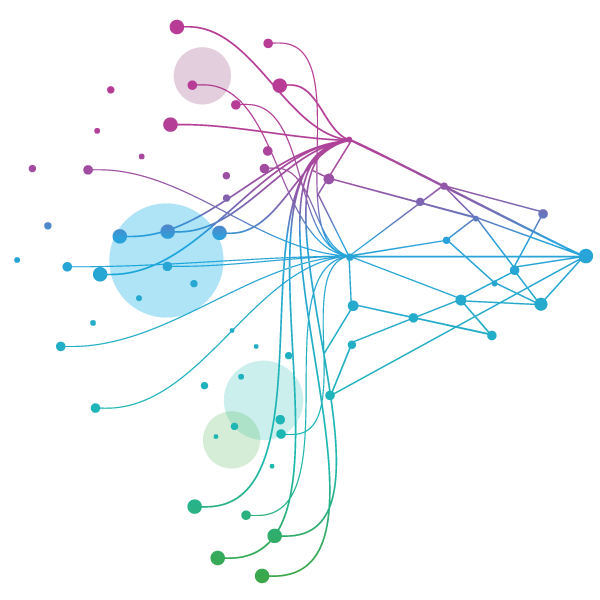Take advantage of the latest tools, techniques, and deep healthcare expertise to create scalable resources, precision insights, and actionable ideas.






















- Library
- Commercialization Accelerator for Emerging Companies
For any life sciences company bringing its first product to market, the “commercialization to-do list” is long and punctuated by one critical strategic decision after another. What market data will we need? What technology components will be required? What applications must we have in place? What should we build vs. buy vs. rent?
Often in as little as 18 months, they must pull together – or access – an entire commercial organization and infrastructure. Fortunately, companies anticipating their first marketing approval need not do it alone. There are lessons to be learned from those who’ve gone before and new options available given the latest technology advances and service delivery models.
The following pages are a guide through that maze of decisions, drawing upon our experience in working with industry leaders who’ve faced the same challenges. We offer our thoughts on what emerging companies need to consider as they stand up the platform and applications that will support a commercial enterprise – while avoiding the pitfalls that hold many larger commercial companies back from peak operating efficiency.
DEFINING THE GOAL
The most advanced life sciences companies today accept that commercial operations capabilities are a strategic differentiator. The operations function can serve as an engine for managing commercial models, increasing consistency, decreasing costs, and in the end, supporting the critical decisions that will determine market success. The function must be designed to:
- Address a multi-stakeholder environment & enable cross-functional alignment
- Capture best insights from multiple, diverse data sources
- Provide business critical information when and where it is needed
- Provide early warnings to enable proactive, rapid interventions
- Scale across countries, franchises and business units
- Support the go-to-market strategy across multiple channels
- Engage with service providers who can help with covering the entire depth and breadth of information across various data and technology assets
The infrastructure that supports these efforts must accommodate big data analytics (not just simple queries) and make best use of cloud computing and software as a service (SaaS) solutions designed specifically for the life sciences industry. When building the infrastructure, companies should consider the entire spectrum of information and technology needs rather than address individual applications or work streams in isolation. Interoperability of all the different components is key to optimizing the commercial organization. When all of the necessary tools and resources are designed to work together, workflows are streamlined, data handoffs are minimized and all internal stakeholders access “one version of the truth” from a central data repository.
DOWNLOAD TO READ MORE
Related solutions
Flexible solutions. Responsive teams. Data-driven insights.





